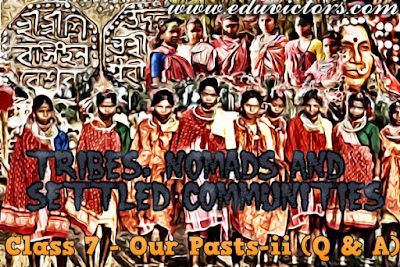Class 11 - Chemistry
Chapter 9 : Hydrogen
Very Short Questions Answers
Q1: Name the first element of periodic element. What is its electronic configuration?
Answer: Hydrogen is the first element in the periodic table and also the lightest element known. Electronic configuration of Hydrogen is 1s¹.
Q2: Name the three isotopes of hydrogen.
Answer:
(i) Protium (¹H₁)
(ii) Deuterium ( ¹H₂ or ¹D₂)
(iii) Tritium ( ¹H₃ or ¹T₃)
Q3: Which isotope of hydrogen is radioactive?
Answer: Tritium
Q4: How is dihydrogen prepared commercially?
Answer: By electrolysis of acidified water.
Q5: What is the importance of heavy water with regard to nuclear power generation?






